Can Cats Eat Algae Wafers?
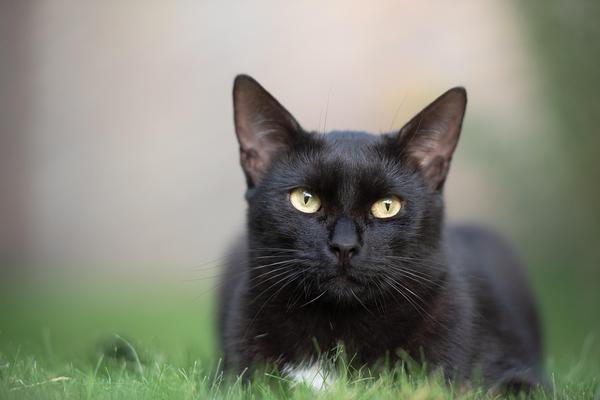
Do you feel that?
The anxious flutter in your chest.
The gnawing worry about what might harm your precious feline friend.
The uncertainty of whether it's safe for cats to feast on algae wafers.
Curiosity piqued? 😺
Keep reading to find out!
Are Algae Wafers Safe for Cats?
Are algae wafers safe for cats? 🐱
Well, let's dive into it!
- While algae wafers are specifically formulated for fish, they are not toxic to cats.
- However, they may not provide all the necessary nutrients that our feline friends require.
- It is generally recommended that cats should not eat algae wafers since they are made for fish.
- But in moderation, munching on them is unlikely to make cats sick.
- So, if your curious kitty happens to get a taste of algae wafer, don't panic.
- Just keep an eye on them and make sure they don't develop any adverse reactions.
- Remember, though, that cats have specific dietary needs.
- To ensure their overall health and well-being, it's best to stick to cat food that is specifically designed for them.
- If you're ever unsure about feeding something to your furry friend, it's always a good idea to consult with your veterinarian.
- They will be able to provide you with expert advice tailored to your cat's individual needs.
But at the end of the day, make sure that you treat your feline companion with love and care!
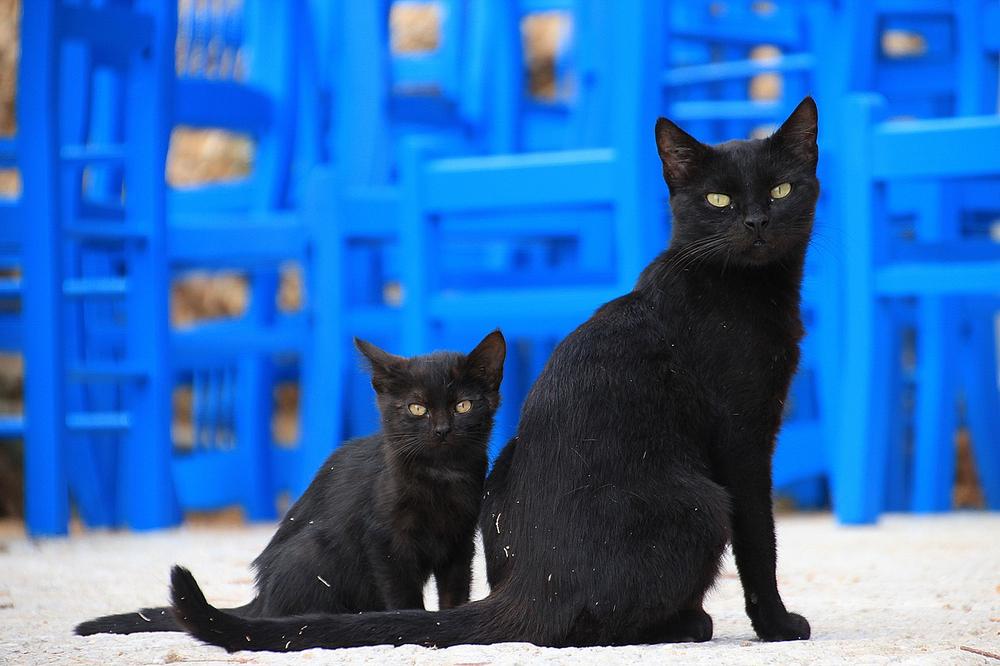
And before I wrap up this section, I want to share with you a very important guide that could satisfy your curiosity and provide you with all the information you need about your lovely feline friend.
If you're wondering if it's safe for cats to consume spinach and if there are any potential risks or benefits associated with it, I highly recommend checking out Can Cats Eat Spinach.
In this blog post, I dive deep into the topic, giving you all the insights and knowledge you need to make informed decisions when it comes to your cat's diet.
Trust me, you don't want to miss it.
Can Cats Digest Algae Wafers?
Cats are mostly carnivores, so you ought to bear in mind that they can't digest plant-based ingredients very well. When you're thinking of introducing algae wafers into their diet, there are a few key points to remember:
- You should start with small portions and then gradually increase the amount over time. This way, you can see how your cat's digestion is handling the new addition.
- It's crucial to pay attention to any signs of digestive issues like vomiting or diarrhea. These symptoms could indicate that your cat has a sensitivity to the algae wafers.
- Before you add algae wafers to your cat's diet, make sure you consult your veterinarian, especially if your cat already has existing health conditions.
- Remember that cats still need a balanced diet that includes meat-based proteins. Algae wafers should never replace their main source of nutrition.
- Keep in mind that every cat is different. Some cats might have no problem eating algae wafers, while others might completely ignore them. Watch for your cat's preferences and be observant.
Now, let's move onto another interesting question:

Can cats sense good people?
Well, that's a topic for another discussion. 😺
Now that we've explored if cats can safely digest algae wafers, you may be wondering about their potential benefits and how they fit into a cat's diet… Let me satisfy your curiosity!
Can Algae Wafers Be a Healthy Addition to Your Cat's Diet?
Can algae wafers be a healthy addition to your cat's diet?
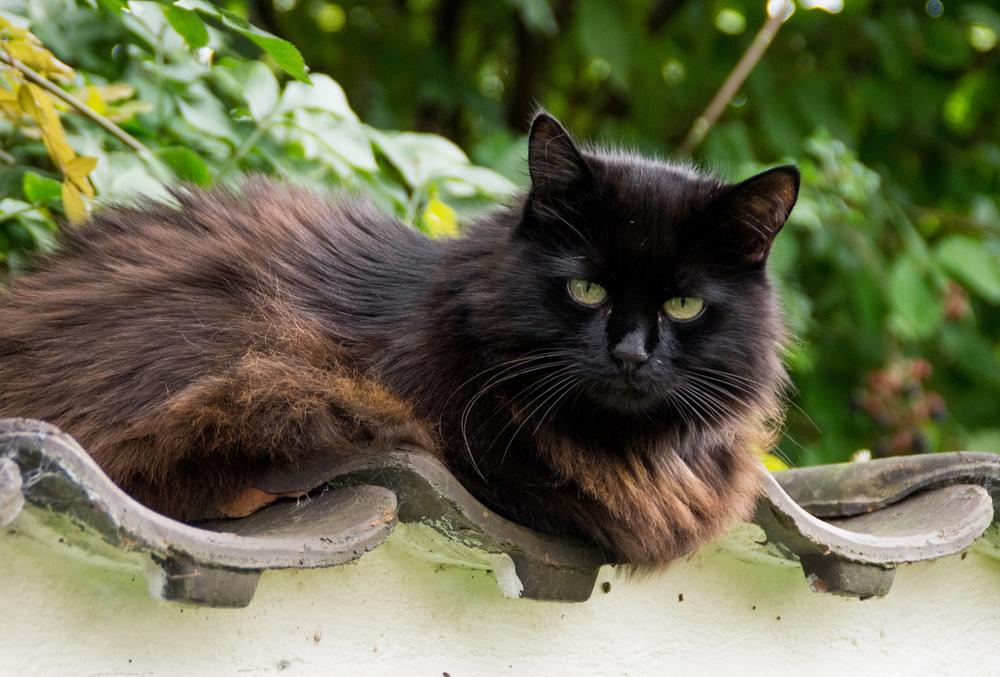
Let's find out:
- Algae wafers can provide additional vitamins and minerals for cats, especially when they contain marine algae with essential nutrients.
- However, it's important to remember that cats are obligate carnivores and need animal protein as their primary source of nutrition.
- Moderation is key when giving algae wafers to cats. They should be seen as a supplement rather than a main meal.
- Algae wafers can boost the immune system and promote digestive health in cats.
- Some cat owners use algae wafers specifically for weight loss in overweight cats, as they can help control food intake.
- It's worth mentioning that while algae wafers have benefits, they should not replace proper cat-specific food and treats.
- For added comfort and joy, cats may also enjoy jute rugs as a cozy resting spot or scratching surface.
Providing a balanced and nutritious diet is essential for your cat's overall well-being. ✨
And here's what you need to know about the potential risks and considerations when feeding your cat algae wafers...
The Nutritional Value of Algae Wafers for Cats
When it comes to algae wafers for cats, there are some important points to consider:
- Algae wafers provide beneficial elements such as amino acids, vitamins, and minerals that contribute to feline health.
- These wafers are made from marine algae, which is packed with essential nutrients.
- To ensure maximum nutrition, choose wafers that list marine algae as the primary ingredient and are nutrient-rich.
- Incorporating algae wafers into your cat's diet can provide them with additional nourishment.
- However, it is important to note that algae wafers should not replace animal protein, which is a key dietary requirement for cats.
- Fish skin can also be given to cats as a healthy and nutritious treat in moderation.
- Remember to consult with your veterinarian before making any significant changes to your cat’s diet.
- Ensure that you are providing a well-balanced meal plan that includes both high-quality commercial cat food and appropriate treats.
- Always monitor your cat's weight and overall health when introducing new foods or treats to their diet.
- Keeping their nutritional needs in mind will help keep your feline friend happy and healthy.
So, while algae wafers can be a helpful addition to your cat's diet, they should be part of a balanced feeding regimen that includes animal protein.
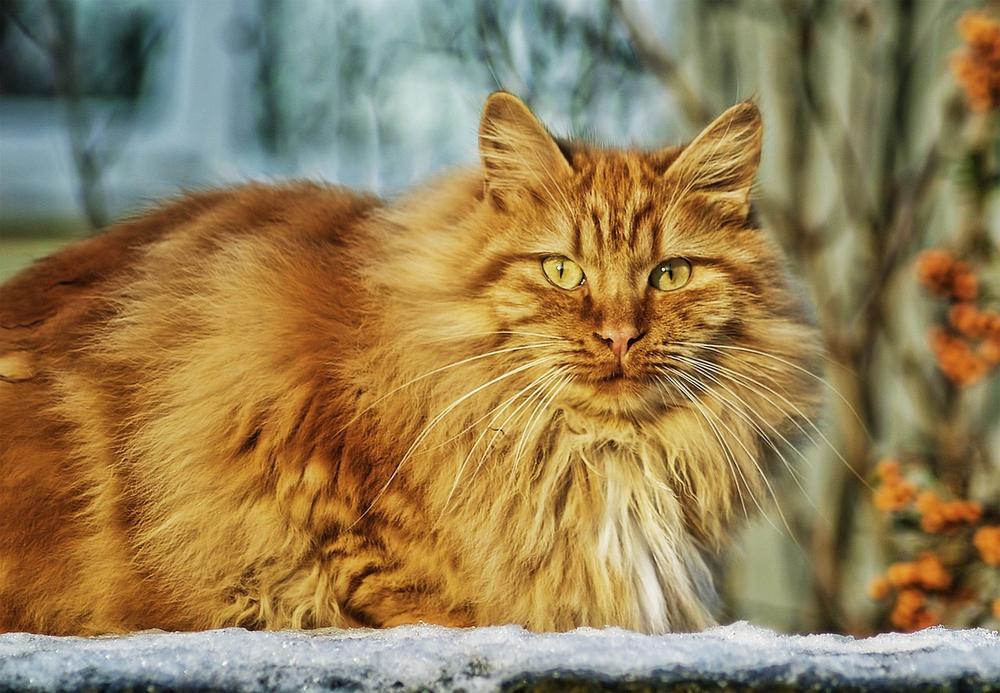
And now, let me guide you through the process of introducing algae wafers into your cat's diet in a way that minimizes any potential digestive issues.
As I mentioned earlier, you have to start small and gradually increase their intake for optimal acceptance and integration...
How to Introduce Algae Wafers to Your Cat's Diet?
Offering small crumbs or tiny pieces of algae wafers mixed with regular cat food is a good way to start.
It helps your cat become familiar and accept the new addition to its diet gradually.
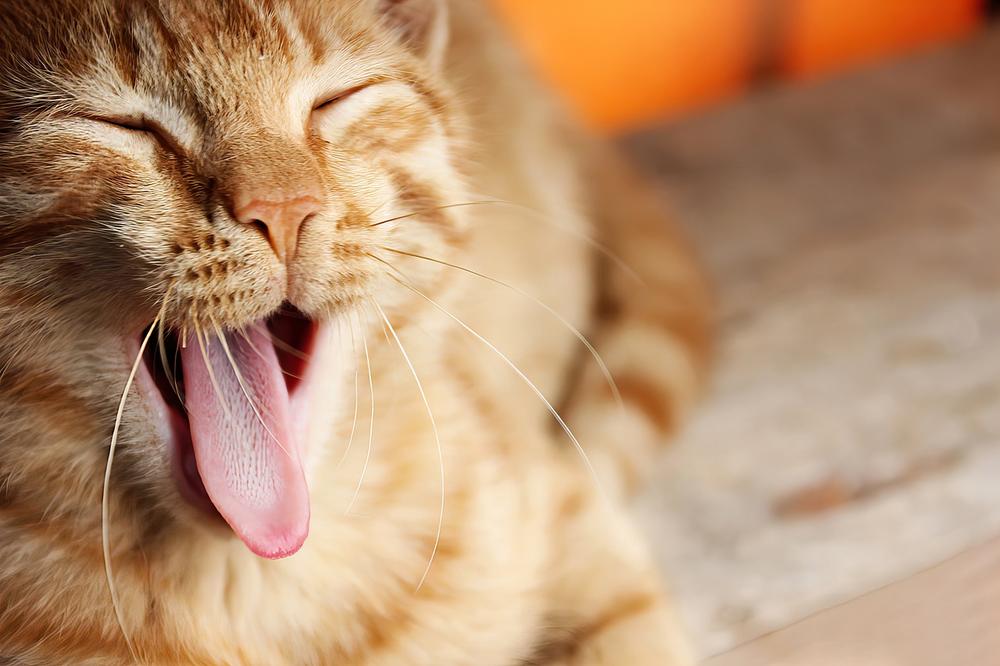
By introducing these algae wafers slowly, you can reduce any potential digestive issues that may arise.
Just mix them in with your cat's regular food, and let your furball experience the taste and texture at their own pace.
Patience is key when it comes to changing your cat's diet.
Take small steps and let your feline friend adjust to this new culinary adventure on their own terms.
Potential Side Effects of Feeding Cats Algae Wafers
To avoid any issues when feeding your cat algae wafers, here are ten things you should keep in mind:
- Only give your cat a moderate amount of algae wafers.
- Pay close attention to how your cat's stomach handles them.
- Keep an eye out for any signs of tummy troubles like vomiting or diarrhea.
- Introduce the algae wafers slowly into your cat's diet.
- Watch for any changes in your cat's poop.
- Be careful with other foods, like cream of chicken soup, that could cause problems too.
- Make sure your cat doesn't nibble on banana tree leaves - they're a no-go.
- Look out for any sharp edges or tough bits that could be difficult for your cat to swallow.
- If your cat has prolonged bouts of vomiting or diarrhea, reach out to a vet for help.
- Store the algae wafers securely so your cat can't get at them.
Your cat's health and happiness should come first.
While some cats might experience side effects from algae wafers, most will bounce back just fine.
By following these precautions, you'll be able to minimize any risks and ensure that your furry friend stays safe and healthy.
Now that we've covered the potential side effects of feeding your cat algae wafers, let's dive into how these wafers are actually made.
You might be surprised to learn that they can be easily prepared at home, offering a simple and cost-effective alternative!
So, how exactly are these wafers crafted?
Let me walk you through the process step-by-step...
What Are Algae Wafers Made Of?
| Ingredient | Description |
|---|---|
| Marine Algae Powder | The main ingredient in algae wafers, marine algae powder is derived from various types of seaweed and provides essential nutrients for fish. It is rich in vitamins, minerals, and protein. |
| Fillers | Fillers are added to algae wafers to increase their bulk and help with the binding process. Common fillers may include cornmeal, wheat flour, or soybean meal. These fillers ensure the wafers maintain their shape and texture. |
| Binders | Binders are used to hold the ingredients together and provide structure to the wafer. Common binders used in algae wafers include gelatin or vegetable-based alternatives. These binders ensure the wafers do not crumble or fall apart easily. |
| Water | Water is often added to the ingredients to mix them together and facilitate the shaping of the wafers. It helps in creating a dough-like consistency that can be easily formed into wafers before baking. |
| Baking Process | After shaping the dough into wafers, they are baked to remove moisture and achieve a firm texture. Baking also helps to enhance the shelf life of the wafers by reducing the risk of spoilage. |
Algae wafers, the food that fish devour, are mostly made from marine algae. They're commonly used to feed bottom feeders in aquariums.
If you have aquatic buddies at home, this is important for you to know!
Making algae wafers is a straightforward process.
Marine algae powder is mixed with other ingredients like fillers and binders to create a dough. You can even try your hand at making them yourself in your own kitchen.
It's really simple. Just mix marine algae powder with water until it forms a nice, thick paste.
Shape the gooey goodness into small wafers and bake them in the oven at 200 degrees Fahrenheit for 2-3 hours.
And there you have it.
You now have homemade algae wafers.
This option is both simple and affordable.
So, if you want to treat your bottom-feeder buddies, consider making some algae wafers yourself.
They'll definitely appreciate it.
Final Thoughts on Cats and Algae Wafers
Summary Takeaways:
- Cats can safely eat algae wafers in moderation, as they are not toxic.
- Algae wafers should be seen as a supplement, not a main source of nutrition, for cats.
- Algae wafers can boost the immune system and aid in digestion for cats.
- Marine algae should be the primary ingredient in algae wafers for optimal nutrition.
- Introduce algae wafers gradually to minimize digestive issues.
- Feeding algae wafers should be done with caution to avoid side effects.
- Monitor cats for changes in stool and contact a vet if symptoms persist.
- Store algae wafers in a location that cats cannot access.
- Homemade algae wafers can be made by mixing marine algae powder with water and baking into wafers.
- Algae wafers are commonly used as food for bottom feeders in aquariums.
And that wraps up today's article.
If you wish to read more of my useful articles, I recommend you check out some of these: Can Cats Drink Coffee, Can Cats Eat Coconut, Can Cats Drink Distilled Water, Can Cats Eat Sesame Seeds, and Can Cats Eat Barley
Talk soon,
-Sarah Davis